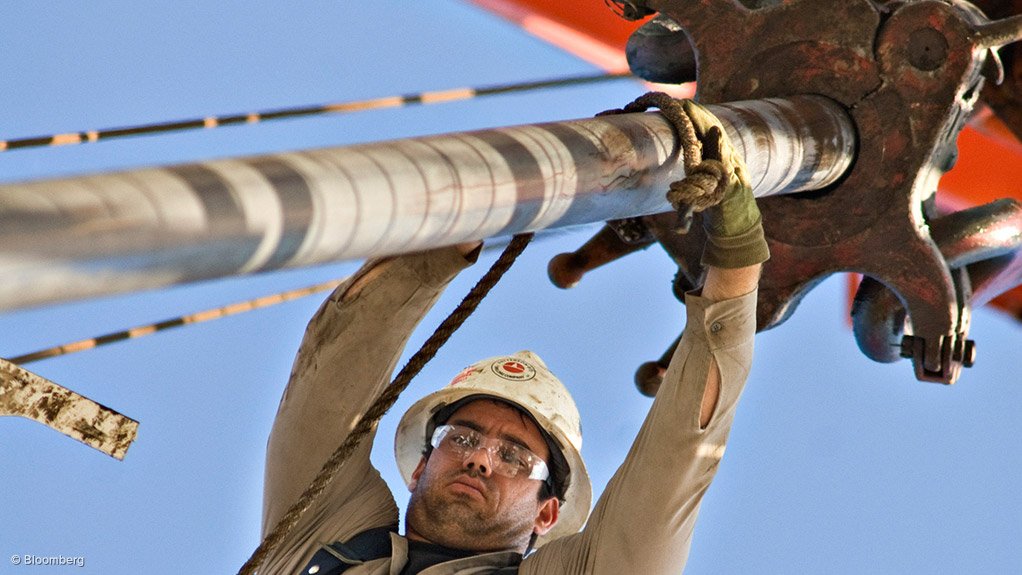JOHANNESBURG (miningweekly.com) – Despite an ongoing two-year strategic environmental assessment (SEA) into domestic hydraulic fracturing (fracking) by the Department of Environmental Affairs and claims from the environmental community that the consultation process around the formulation of fracking legislation was indequate, the Department of Mineral Resources (DMR) has released the final Regulations for Petroleum Exploration and Production.
The regulations encompassed shale gas exploration and fracking and followed the publishing of draft regulations in October 2013.
Antifracking lobby group, the Treasure Karoo Action Group (TKAG) has, however, taken the DMR to task for advancing its plan to issue exploration licences prior to the results of the SEA.
“This is counter-intuitive and ignores precedent in the US and other countries, where full investigations have preceded the granting of even exploration permits,” it argued.
The organisation added that the DMR appeared to have overlooked the implementation of an adequate public consultation process, with several communities in the Karoo remaining “factually uninformed” and, thus, unaware of the potential implications of shale gas mining.
“The position of TKAG has been and is, that regulations must be based on a broad and specialised scientific platform. These regulations, although displaying some effort to address shortcomings, remain largely inadequate to control an activity which presents the intrinsic risk allied to shale gas exploration and production,” said the group.
It further alleged that the regulations were developed from a set of standards published by the American Petroleum Institute – a US-based industry-funded group.
“Regulations designed by the oil and gas industry itself will focus on keeping costs down at the expense of environment and community,” said TKAG leader Jonathan Deal.
Meanwhile, government’s gazetting of the fracking regulations followed the release of a draft assessment on the potential impacts of fracking on drinking water resources by the US Environmental Protection Agency (EPA) last week.
The report, conducted at the request of the US Congress, claimed that, while fracking activities had not led to widespread, systemic impacts to drinking water resources, there were “potential vulnerabilities” in the water lifecycle that could impact drinking water.
The assessment followed the water used for hydraulic fracturing from water acquisition, chemical mixing at the well pad site, well injection of fracking fluids, the collection of hydraulic fracturing wastewater and wastewater treatment and disposal.
The review of data sources available to the EPA found specific instances where well integrity and wastewater management related to fracking activities impacted drinking water resources, but they were considered “small” when compared with the large number of hydraulically fractured wells across the US.
It also provided information about potential water vulnerabilities to drinking water resources – some of which were not unique to fracking.
These included water withdrawals in areas with low water availability; hydraulic fracturing conducted directly into formations containing drinking water resources; inadequately cased or cemented wells resulting in below ground migration of gases and liquids; inadequately treated wastewater discharged into drinking water resources; and spills of fracking fluids and hydraulic fracturing wastewater, including flowback and produced water.
The DMR could not immediately be reached for comment.
EMAIL THIS ARTICLE SAVE THIS ARTICLE
To subscribe email subscriptions@creamermedia.co.za or click here
To advertise email advertising@creamermedia.co.za or click here











